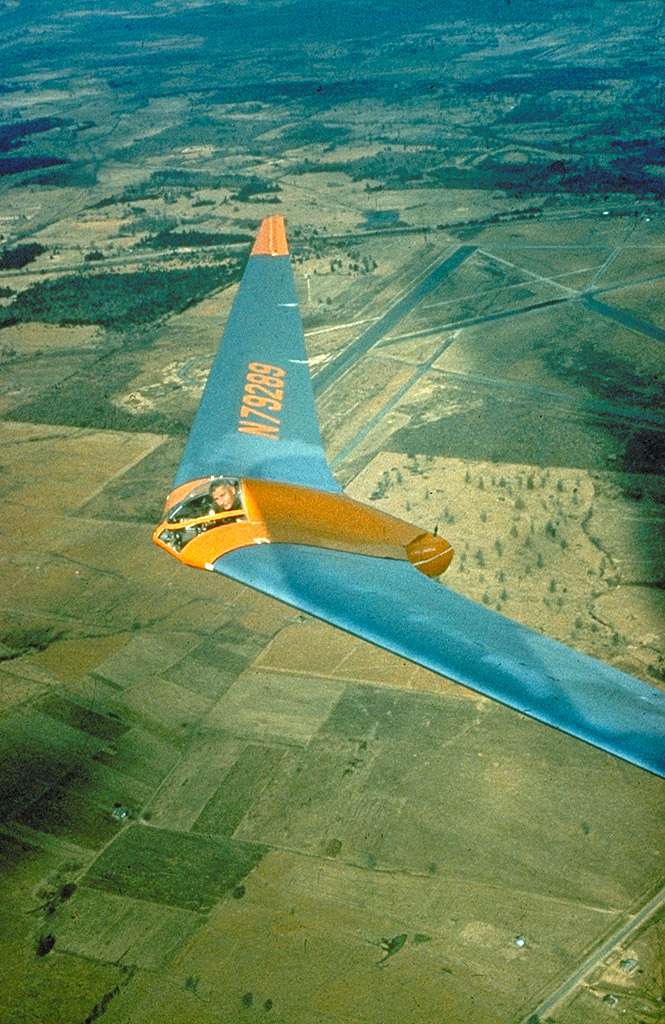B
Bar
Guest
volgende plaatje is???
Follow along with the video below to see how to install our site as a web app on your home screen.
Nota: This feature may not be available in some browsers.






GA-33, -447 Inflatoplane 1956 = 1pOmwM; 40hp Nelson H-63A; ff: 2/13/56 (p: Dick Ulm). Inflatable, rubber air-mass construction, somewhat like a giant inner-tube. Structural integrity was retained in flight with forced air being continually circulated by the motor, and required less air pressure than the average auto tire. Designed and built in only 12 weeks. Take-off run on grass was 390'. Concept based on Taylor McDaniel inflatable rubber glider experiments in 1931. POP: 1 [N39635], led to subsequent improved, enclosed-cockpit GA-447 with new wing design (span: 34'0") for military evaluation; tested with various gear arrangements, from tricycle to uniwheel, also on a hydroskid for operations on water.

